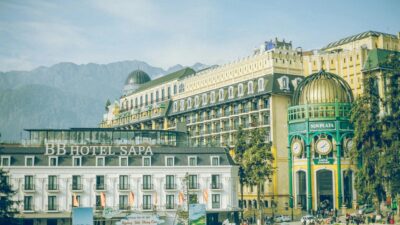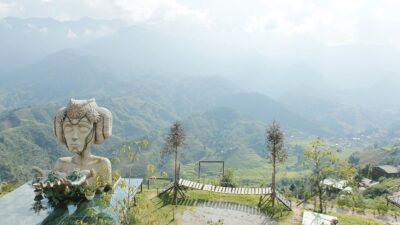Nestled amidst the breathtaking mountains of northwest Vietnam, Sapa beckons travelers with its stunning landscapes, rich cultural heritage, and invigorating mountain air. For Indian tourists seeking a unique and unforgettable adventure, Sapa offers a world apart from the bustling cities. Discover the enchanting beauty of Sapa, the misty town in Vietnam, with its stunning terraced rice fields, unique ethnic cultures, and unforgettable nature experiences – a perfect destination for Indian travelers.
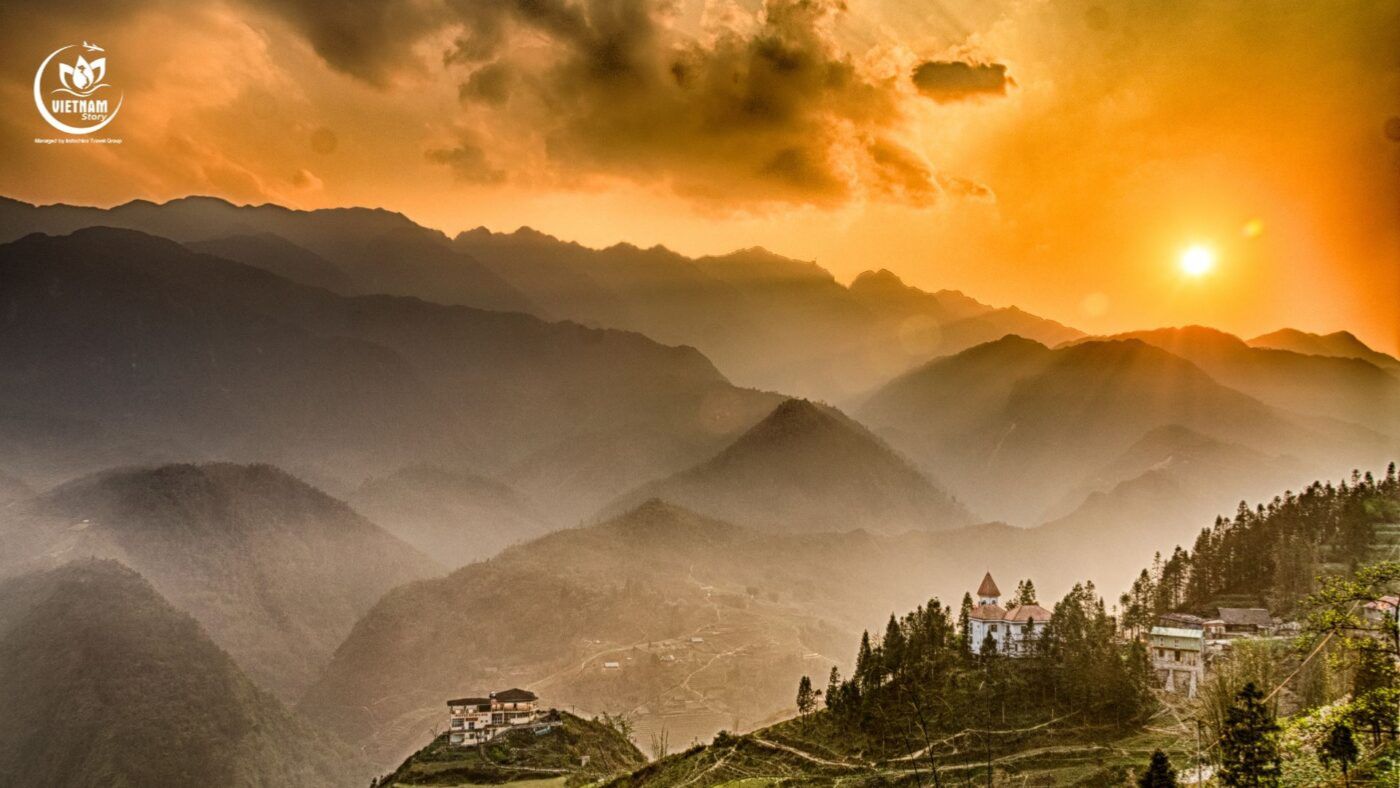
Location & Weather
Sapa is a mountainous town in Lao Cai Province, located approximately 350 kilometers northwest of Hanoi. It’s known for its cool climate and dramatic scenery, with towering peaks, lush rice terraces, and misty valleys. The weather in Sapa varies greatly depending on the season:
- Spring (February – May): It is said that spring is the best time for traveling in Sapa. The temperature at this time ranges from 15 to 23°C. It is also the time for hundreds of flowers blooming, which makes the whole Sapa and its surroundings sink to the colorful world of flowers, including peaches, orchids, plum flowers.
- Summer (May – August): Warm and humid with temperatures ranging from 15°C to 25°C.
- Autumn (September – November): Cool and crisp, with temperatures between 10°C to 18°C, perfect for hiking and exploring.
- Winter (December – February): Cold and often foggy, with temperatures dropping below 0°C, sometimes experiencing frost and snow.
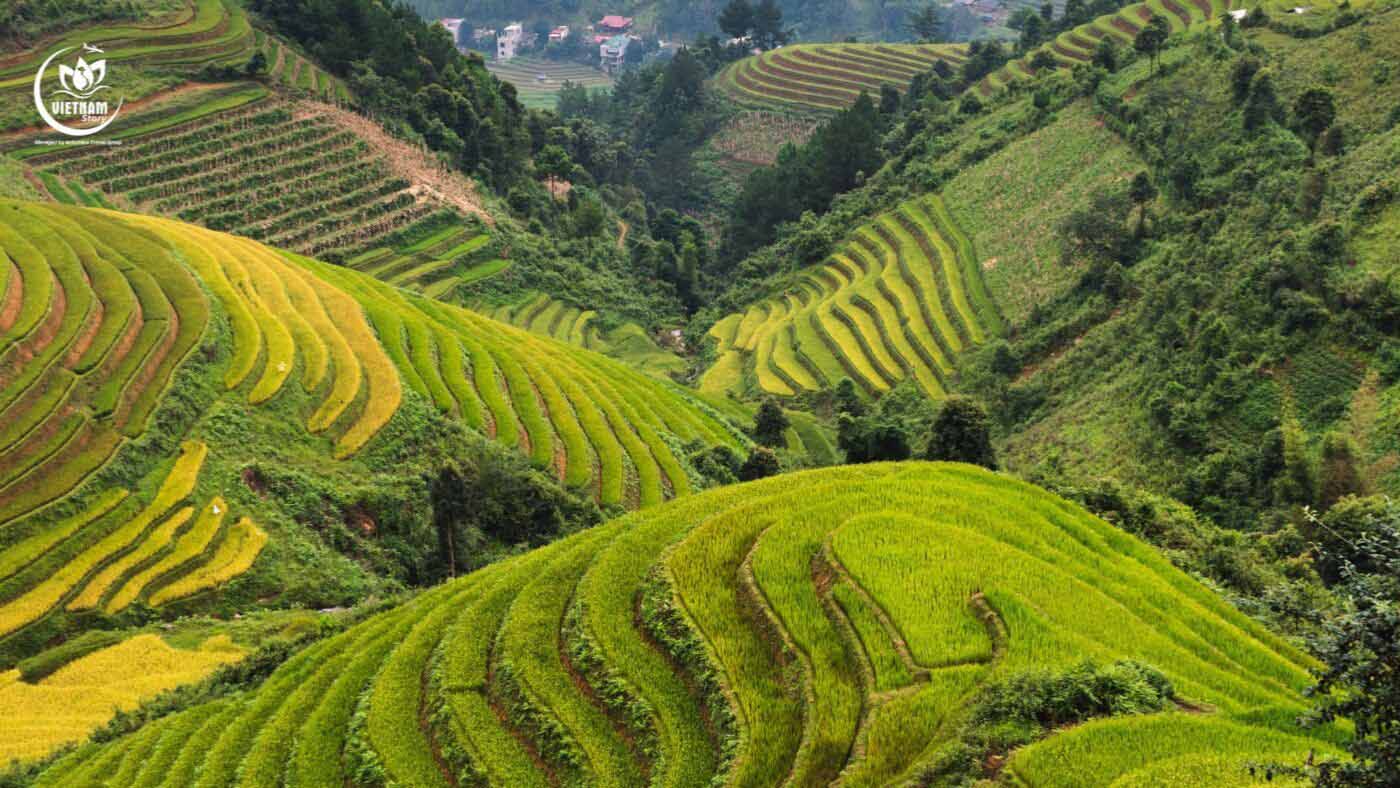
Getting to Sapa from India
The most common route is to fly from India to Hanoi’s Noi Bai International Airport (HAN). From Hanoi, you can take a bus, overnight train, transfer vans or private cars to Sapa.
Getting Around Sapa
- Walking: Sapa is a small town, and many attractions are within walking distance.
- Motorbike: Hiring a motorbike is a popular option for exploring the surrounding areas, but remember, roads can be challenging.
- Taxis & Buses: Taxis and buses are readily available for longer distances, especially for trips to nearby villages or attractions.
Top Lists in Sapa
Must-See Attractions
- Fansipan Mountain: The highest peak in Southeast Asia, offering incredible views.
- Cat Cat Village: A traditional Hmong village with stunning rice terraces and a charming waterfall.
- Muong Hoa Valley: A picturesque valley with scenic rice terraces and breathtaking waterfalls.
- Silver Waterfall: A beautiful cascading waterfall nestled within the lush greenery.
- Ta Van Village: Home to the Black Hmong people, offering a glimpse into their unique culture and traditions.
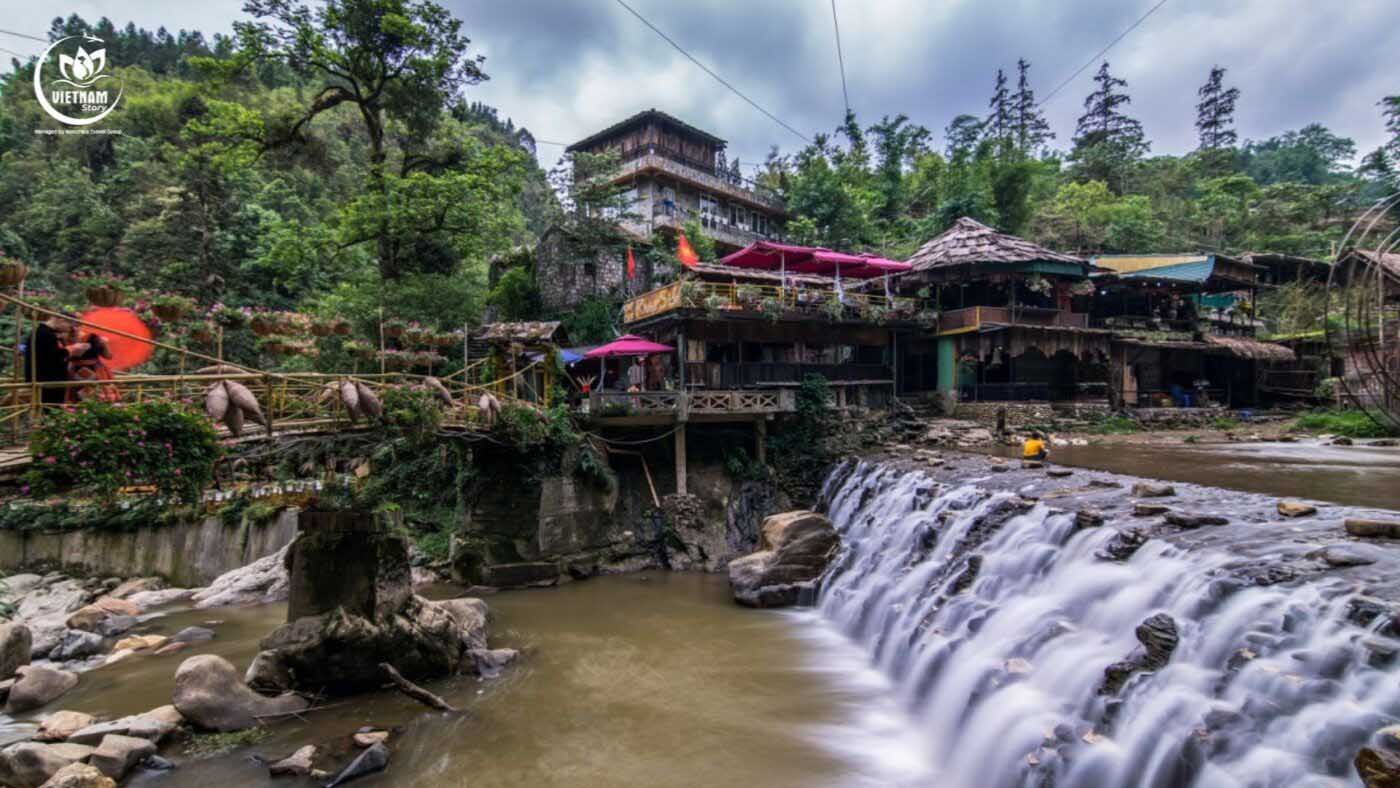
Best Homestays
- Sapa Paradise: A charming homestay with stunning mountain views.
- Lao Cai Homestay: Offers a traditional Vietnamese experience with friendly locals.
Top Restaurants
- Sapa Buffalo Restaurant: Delicious local cuisine with stunning mountain views.
- The Haven: A charming cafe offering a relaxing atmosphere and delicious international dishes.
Attractions in Sapa
Sapa is a paradise for nature lovers and adventure seekers. Some must-see attractions include:
- Fansipan Mountain: The highest peak in Southeast Asia, accessible by cable car. Hike to the summit for panoramic views of the surrounding mountains and valleys.
- Cat Cat Village: A picturesque village nestled within the valley, offering a glimpse into the unique culture and traditions of the Hmong people.
- Muong Hoa Valley: A scenic valley with rice terraces that change color with the seasons, creating a breathtaking visual spectacle.
- Silver Waterfall: A cascading waterfall surrounded by lush greenery.
- Ta Van Village: Home to the Black Hmong people, offering a glimpse into their daily life and cultural traditions.
- Ham Rong Mountain: Accessible by cable car, this mountain offers panoramic views of Sapa and the surrounding valleys.
- Lao Cai Night Market: A lively market with local handicrafts, souvenirs, and street food.
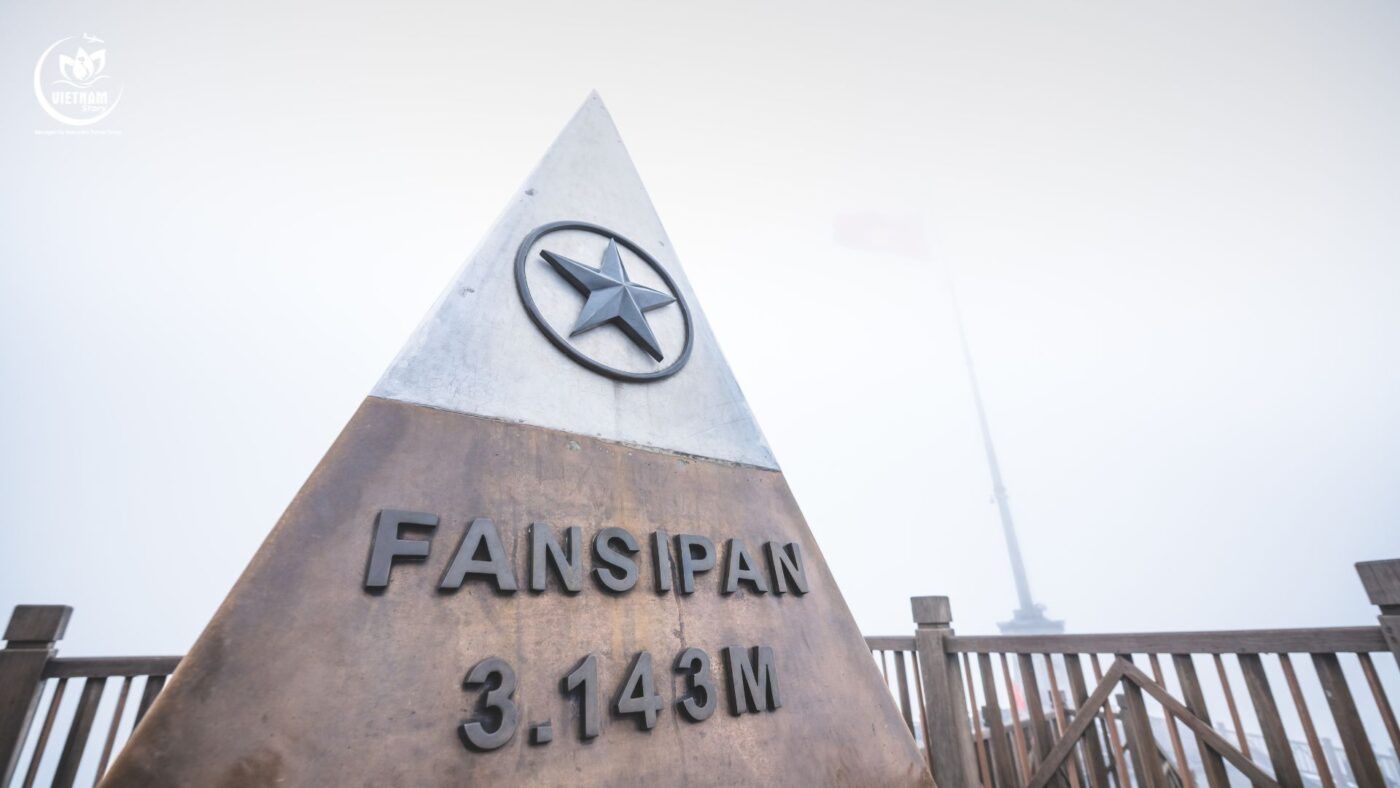
Accommodation
Sapa offers a variety of accommodation options, ranging from budget-friendly homestays to luxury hotels. Here are some popular choices:
- Hotels: The Sapa Hotel, Victoria Sapa Resort & Spa, and the Silk Path Sapa Resort are known for their comfort and amenities.
- Homestays: For a more authentic experience, consider staying in a homestay with local families. Some popular homestays include Sapa Paradise, Lao Cai Homestay, and Sapa Village Homestay.
Top Things to Do in Sapa
- Hiking: Sapa offers a wide range of hiking trails, from easy strolls to challenging treks. Explore the surrounding mountains, rice terraces, and villages.
- Trekking: Experience the beauty of the region with a multi-day trek to remote villages, like Ta Van or Y Linh Ho.
- Cable Car Ride: Take a cable car ride to the top of Fansipan Mountain for breathtaking views.
- Market Exploration: Visit the bustling Lao Cai Night Market or Sapa Market for local handicrafts, souvenirs, and street food.
- Cultural Immersion: Experience the traditions and culture of the Hmong, Dao, and other ethnic groups by visiting their villages and participating in local festivals.
What & Where to Eat & Drink
Sapa’s cuisine is a blend of Vietnamese and local ethnic flavors.
Must-Try Dishes
- Thang Co (Horse Meat Soup): A unique dish made with horse meat and a blend of herbs and spices.
- Sapa Pork: Marinated pork, grilled over charcoal, and served with dipping sauces.
- Grilled Fish: Freshly caught fish, grilled and served with herbs and spices.
- Mountain Vegetables: Fresh and flavorful vegetables grown in the mountain region.
- Pho: A classic Vietnamese noodle soup, often with a twist of local flavors.
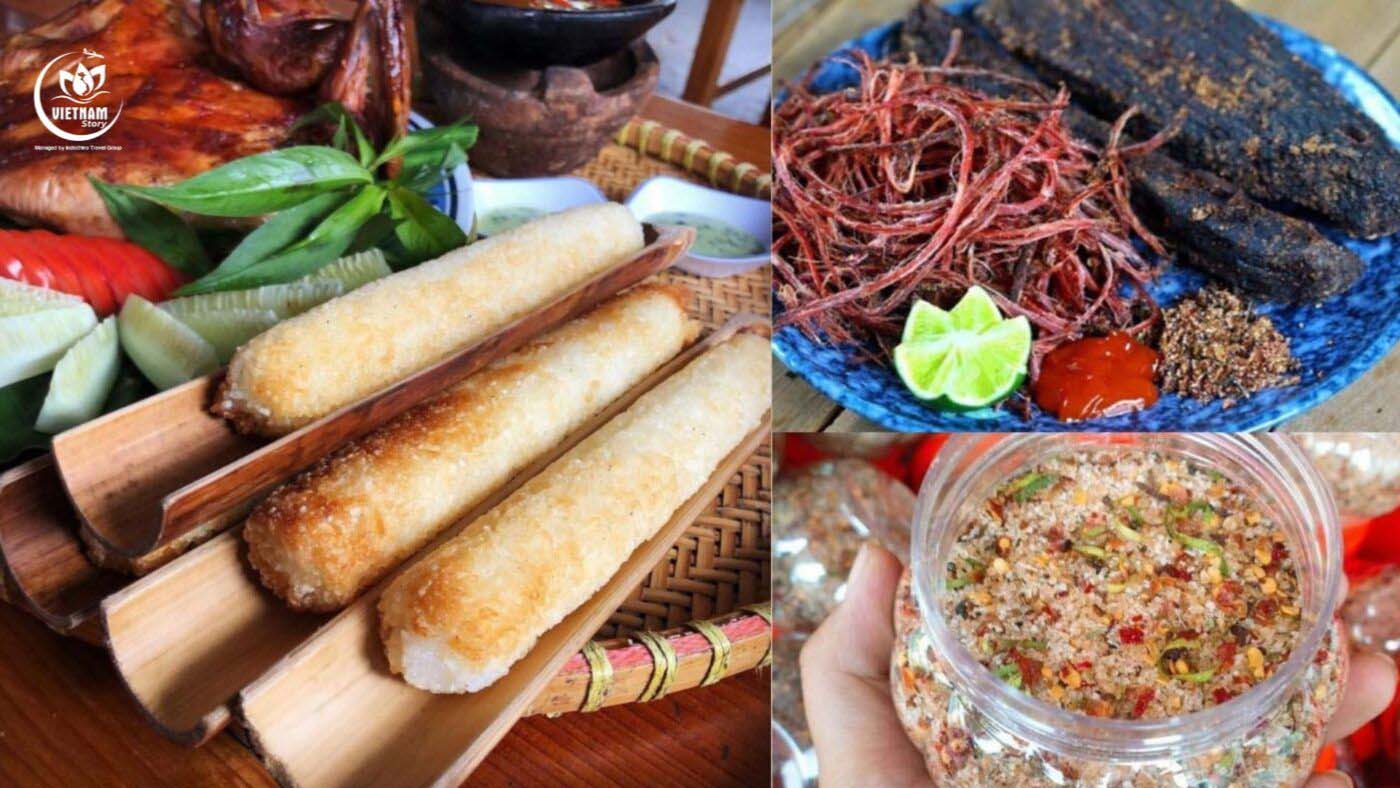
Popular Restaurants
- Sapa Buffalo Restaurant: Offers a wide selection of local dishes with stunning mountain views.
- The Haven: A charming cafe offering a relaxing atmosphere and delicious international dishes.
- Hmong Family Restaurant: Authentic local cuisine served in a cozy and traditional setting.
Vietnam Itineraries in Sapa
Gift Ideas for Indian Tourists
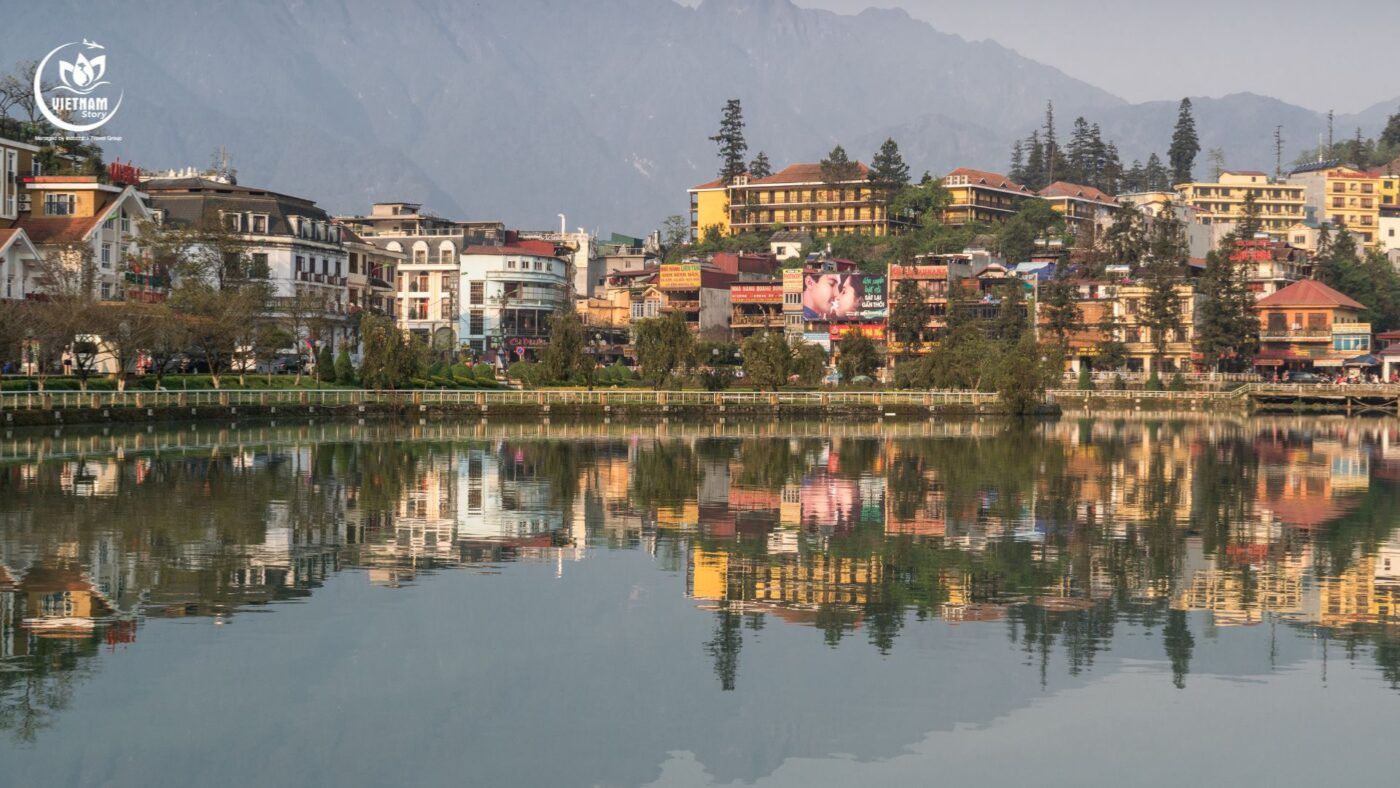
- Sapa’s handicrafts are more than souvenirs; they’re a window into the soul of its ethnic communities. From intricate accessories to silver pieces, these affordable crafts reflect unique techniques and hard work. Consider the effort of the artisans, often children, when bargaining. Buying a Sapa handicraft supports local communities and brings home a piece of their rich culture.
- Sapa’s hill tribe costumes are more than clothing; they’re a vibrant reflection of the region’s rich culture and artistry. Meticulously handcrafted with natural materials and intricate designs, these garments showcase generations of skill and patience. While mass-produced versions exist, the handmade ones offer a special cultural value. Bringing home a hill tribe costume supports local artisans and allows you to carry a piece of Sapa’s captivating heritage with you.
- Sapa’s cooler climate produces unique, organically grown fruits like peaches and pears. These small fruits have a delicious mix of sweet, sour, and slightly acrid flavors. Look for the thin white powder coating that makes them distinctive. Enjoy them while in Sapa, as fresh fruits and plants may be restricted for air travel.
- Sapa offers healthy specialties like medicinal herbs, both fresh and dried, which can be used for teas, cooking, or medicinal purposes. Dried meats, such as horse and buffalo, are also popular local gifts.
- Sapa’s silver jewelry, often handcrafted by ethnic people, is not only decorative but also holds cultural significance, believed to ward off bad luck and protect health. While beautiful and shiny, the silver used has lower purity, so bargaining is essential (aim for at least a 50% reduction).
Sapa offers a unique blend of natural beauty, cultural immersion, and adventure, making it an unforgettable destination for Indian tourists.
